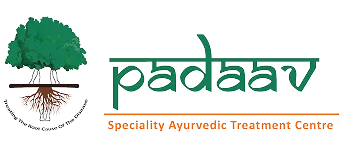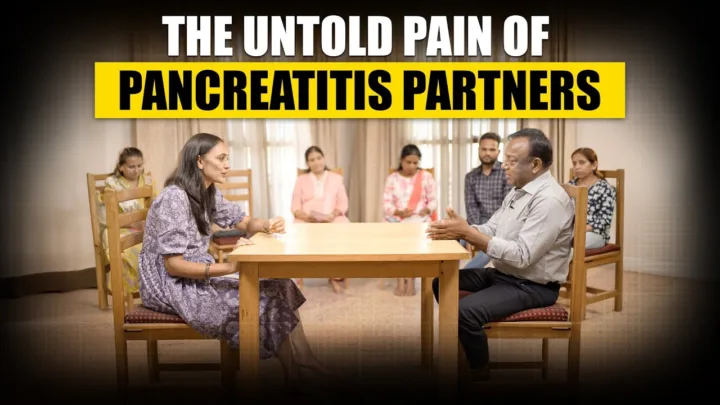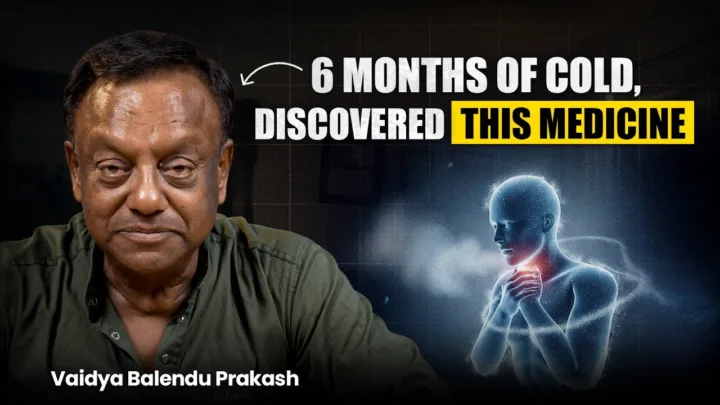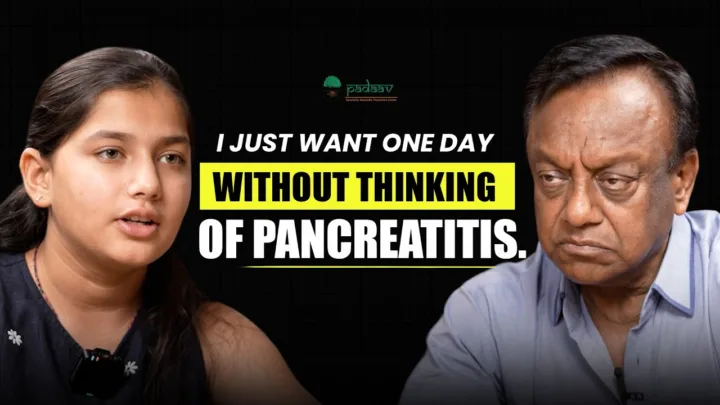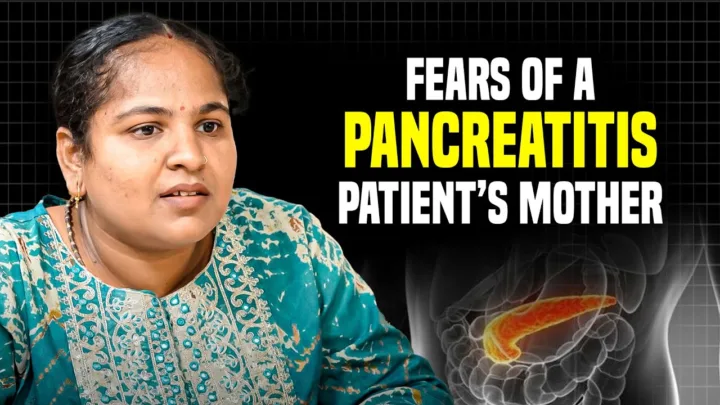In our fast-paced world, the concept of exercise has often become synonymous with intensity and pushing limits. We see people striving for “six-pack abs” or training for extreme challenges, sometimes to the detriment of their own health. But what if the true purpose of exercise, or Vyayama, was not about exhaustion, but about a mindful and controlled movement? At Padaav Ayurveda, we believe in a balanced and personalized approach to physical activity, guided by the ancient wisdom of our traditions.
Understanding Vyayama: The Movement of Prana
The word Vyayama itself offers a profound insight into its purpose. In Ayurveda, our body is governed by five types of Vayu (airs), with Vyana Vayu being responsible for circulation and movement throughout the entire body. Therefore, any action that allows this vital energy to reach every part of us is called Vyayama. Exercise, in its truest form, is an act that enhances this circulation.
But the question remains: how much is enough, and how do we do it correctly?
The Dangers of Over-Exertion
The desire to achieve quick results often leads to over-exertion. We see this in gyms where people jump into high-intensity workouts without proper warm-ups, or in individuals who, motivated by a weekend-warrior mentality, attempt to squeeze a week’s worth of exercise into a single day. This can place a sudden and immense strain on the heart, leading to dangerous consequences.
A fundamental principle of our practice is that every action should be balanced. As our expert physician explains, just as we have warnings on cigarette packs about their health risks, we should also have a clear understanding of the rules of exercise. We must learn how to control our breath, and recognize the specific duration and timing for physical activity that is right for our own body.
The Ayurvedic Principle of “Ardhbala”
Ayurveda provides a clear guideline for determining the right amount of exercise for each individual: “Shariram ardhbala.” This means one should exercise up to half of their physical strength. But how do you measure this? It’s not about your height, weight, or age, but a simple and intuitive indicator your breath.
When your breath shifts from a controlled pace through your nose to an open-mouthed gasp, you have reached your ardhbala, or half-strength. Pushing beyond this point is considered ati-vyayama (over-exertion), which the ancient texts warn can be as harmful as no exercise at all, and can even lead to serious health issues, including death.
The Modern Science of a Balanced Workout
This ancient wisdom finds a parallel in modern physiology. The standard rule for a cardio-protective workout suggests you calculate your maximum heart rate (220 minus your age) and aim to reach 70% of that rate. A typical routine would involve a 10-minute warm-up to reach this target, maintaining it for 30 minutes, and then a 5-minute cool-down to return to a normal resting heart rate.
This mindful approach, whether applied to traditional dance forms or modern workouts, prevents the sudden surges in heart rate that can lead to collapse. The key, as always, is balance. A gradual and consistent practice, even if it’s just 10 minutes a day, is far more beneficial than an infrequent, intense one. True progress is measured not by how fast you run or how much you lift, but by how long you can maintain a controlled breath.
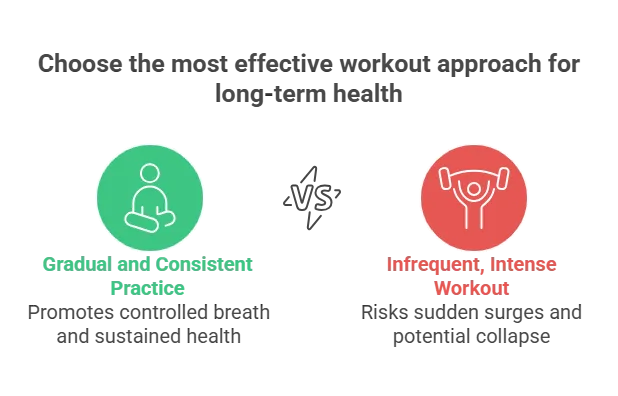
Health is a Personalized Journey
The path to well-being is not a one-size-fits-all prescription. The principles of Ahar (diet), Nidra (sleep), and Brahmacharya (a disciplined lifestyle) are universal, but their application must be tailored to the individual’s unique circumstances. We must consider their environment, culture, and personal beliefs. A person in a culture of early mornings and religious rituals will find balance differently than someone who thrives in a more social, city-based lifestyle.
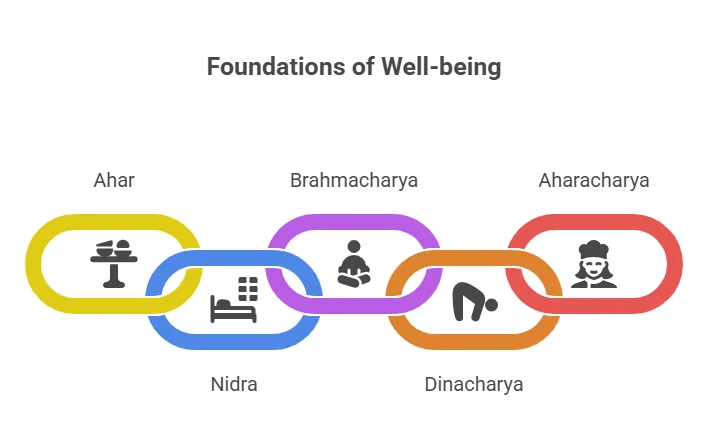
At Padaav Ayurveda, our mission extends beyond treating illness to preserving health. We seek those who are already healthy and wish to remain so. Our expertise lies in crafting personalized regimens Dinacharya (daily routines) and Aharacharya (dietary guidelines) that honor individual needs and lead to a life of sustained vitality. We believe that with the right guidance, anyone can find their own path to a balanced and fulfilling life.
